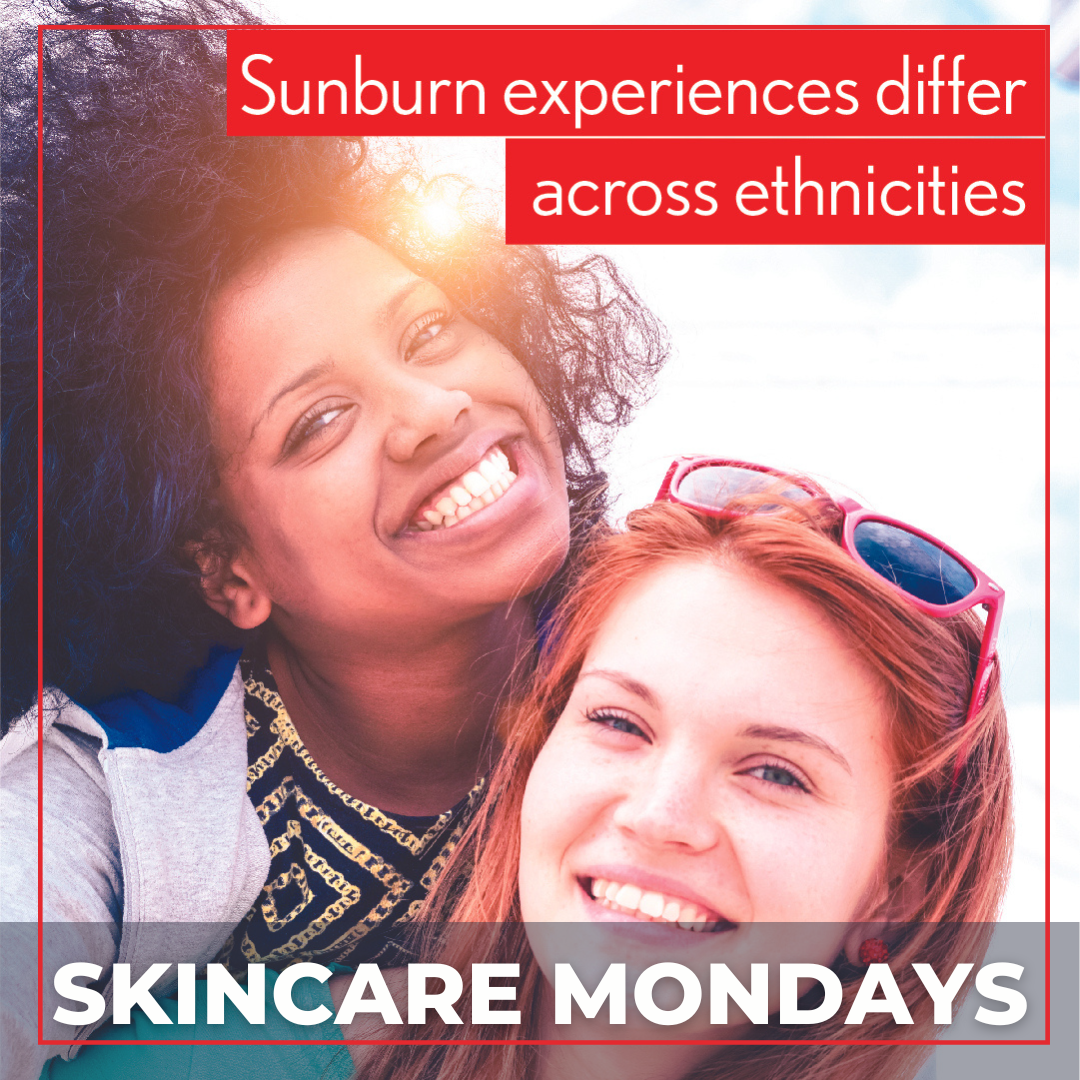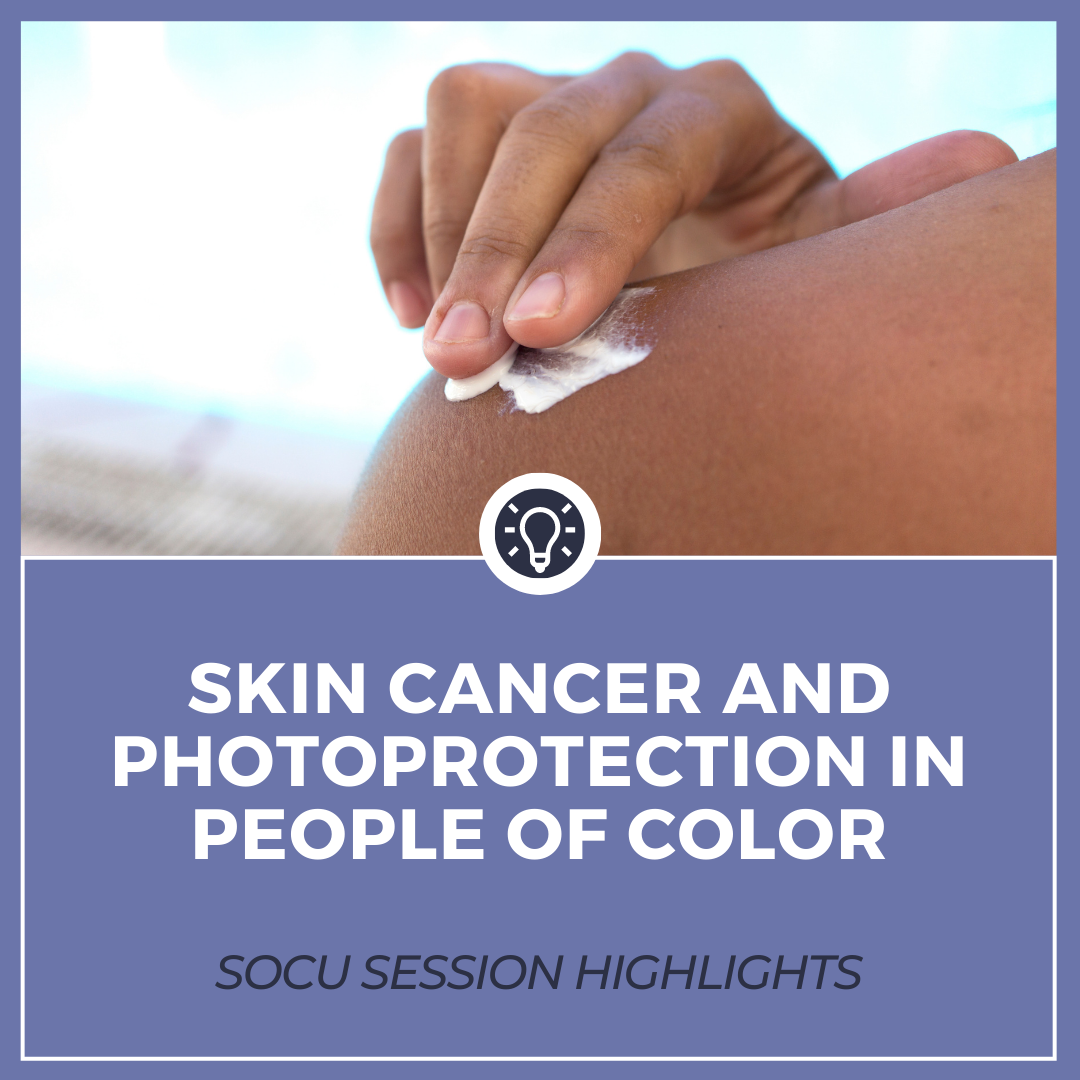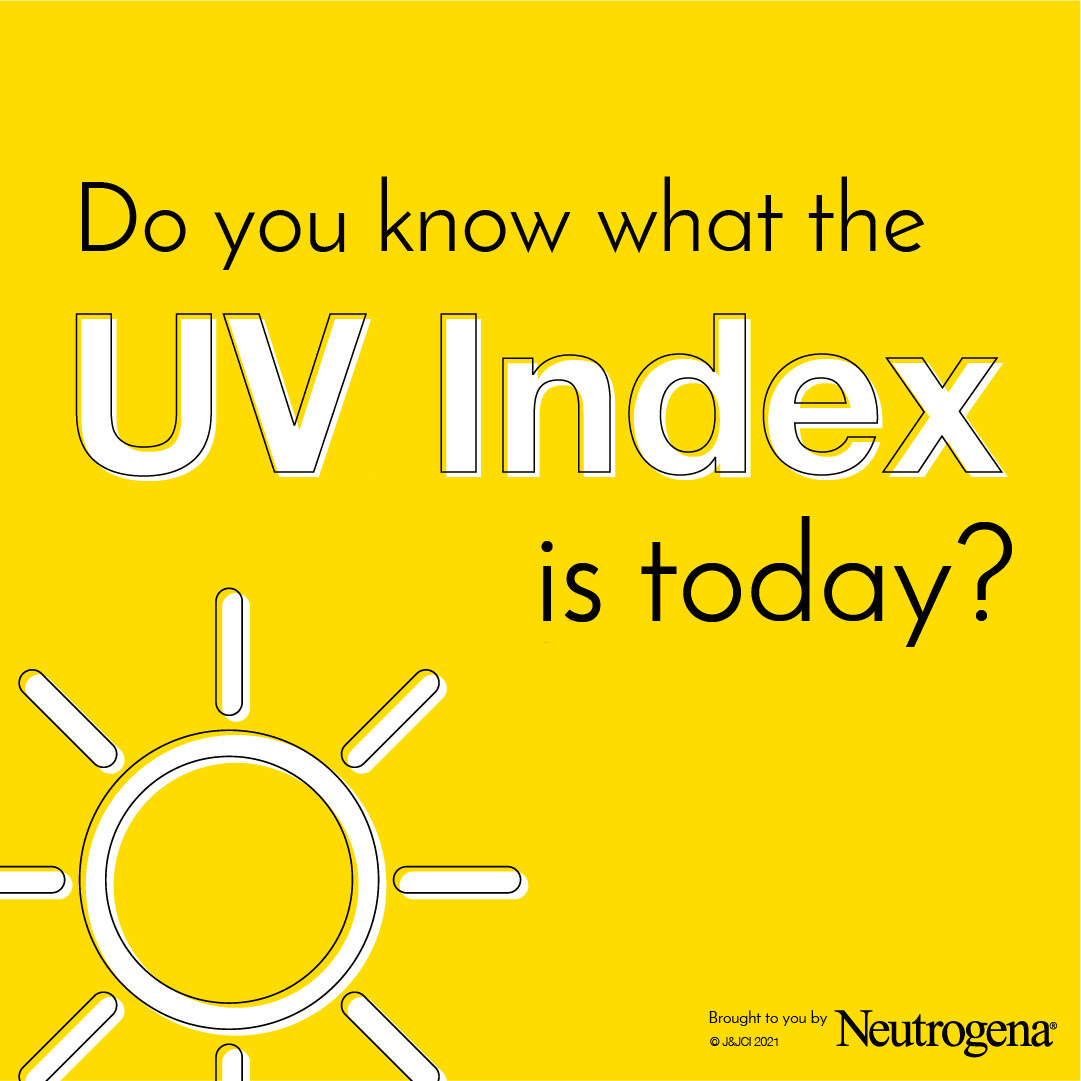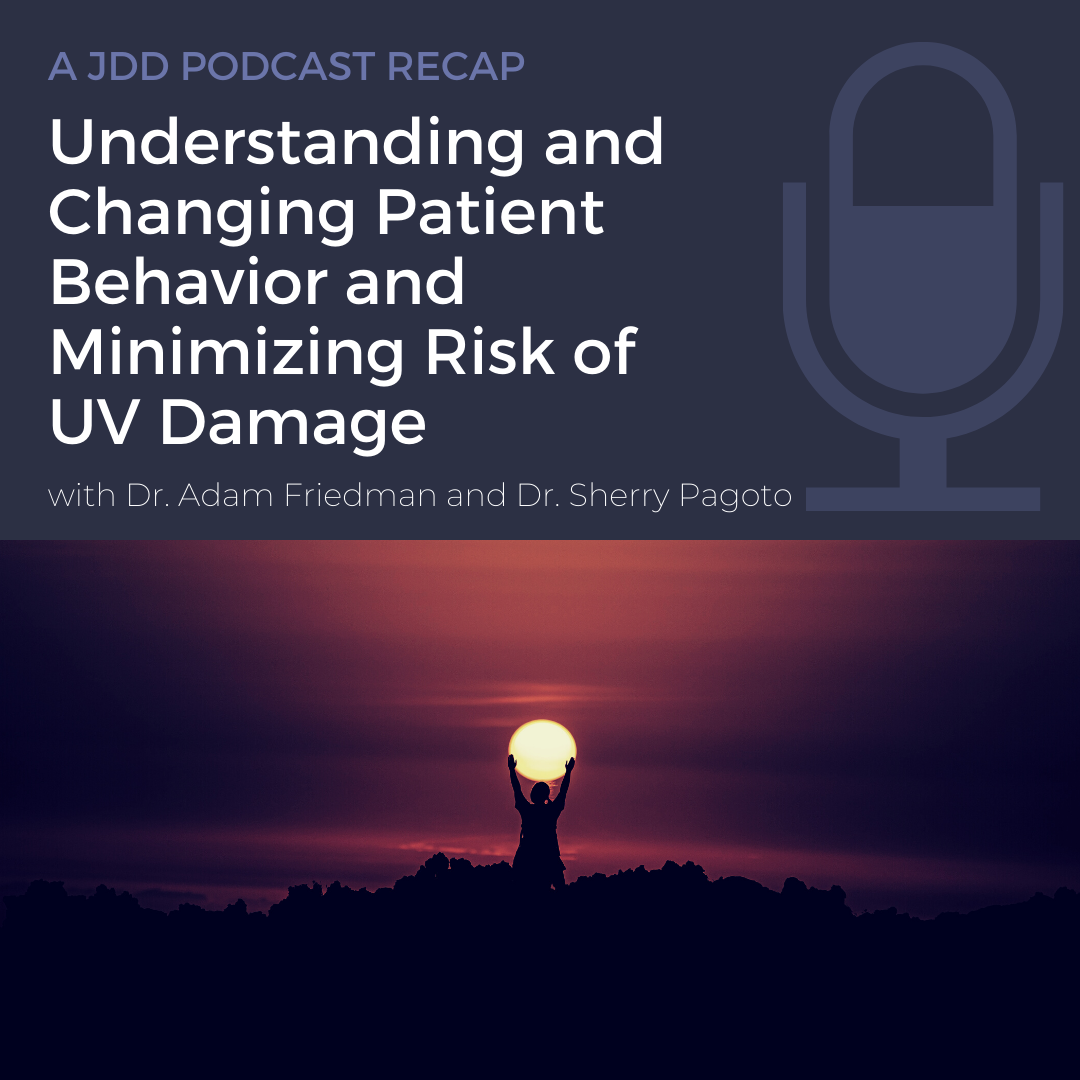Skincare Mondays | Diversity Under the Sun
 Suncare is important for every skin tone. The risk of sunburn correlates with skin tone - not ethnicity.
Sunburn experiences differ across ethnicities.
An online survey of 3,597 adults who identified as White, Black, Hispanic and Asian showed sunburns occur across all ethnicities - even the darkest skin tones, but the experience is very different.1 Those who identified as White reported “ski …
Suncare is important for every skin tone. The risk of sunburn correlates with skin tone - not ethnicity.
Sunburn experiences differ across ethnicities.
An online survey of 3,597 adults who identified as White, Black, Hispanic and Asian showed sunburns occur across all ethnicities - even the darkest skin tones, but the experience is very different.1 Those who identified as White reported “ski …
 Suncare is important for every skin tone. The risk of sunburn correlates with skin tone - not ethnicity.
Sunburn experiences differ across ethnicities.
An online survey of 3,597 adults who identified as White, Black, Hispanic and Asian showed sunburns occur across all ethnicities - even the darkest skin tones, but the experience is very different.1 Those who identified as White reported “ski …
Suncare is important for every skin tone. The risk of sunburn correlates with skin tone - not ethnicity.
Sunburn experiences differ across ethnicities.
An online survey of 3,597 adults who identified as White, Black, Hispanic and Asian showed sunburns occur across all ethnicities - even the darkest skin tones, but the experience is very different.1 Those who identified as White reported “ski … Continue reading "Skincare Mondays | Diversity Under the Sun"


 During the 2021 Skin of Color Update virtual conference, Dr. Maritza Perez opened her lecture by sharing her goal: to assess what is known about skin cancer and photoprotection in people of color. Dr. Perez is a member of the American Academy of Dermatology, who commissioned a workforce to look into this subject.
What is known about the epidemiology of keratinocyte carcinomas in people of color? …
During the 2021 Skin of Color Update virtual conference, Dr. Maritza Perez opened her lecture by sharing her goal: to assess what is known about skin cancer and photoprotection in people of color. Dr. Perez is a member of the American Academy of Dermatology, who commissioned a workforce to look into this subject.
What is known about the epidemiology of keratinocyte carcinomas in people of color? …  Tanning beds are NOT safer than the sun.1
More than 419,000 cases of skin cancer in the U.S. each year are linked to indoor tanning.2
Melanoma is the second most common cancer in females age 15-29.3
Tanning = DNA injury to your skin4
Skin exposed to UV radiation increases production of melanin to protect the skin from further damage. The increased melanin causing the tan color change is a si …
Tanning beds are NOT safer than the sun.1
More than 419,000 cases of skin cancer in the U.S. each year are linked to indoor tanning.2
Melanoma is the second most common cancer in females age 15-29.3
Tanning = DNA injury to your skin4
Skin exposed to UV radiation increases production of melanin to protect the skin from further damage. The increased melanin causing the tan color change is a si …  Do you know what your Ultraviolet Index is today?
Ultraviolet index (UV index) is a measure of the strength of the sun’s harmful rays at a particular place and time. The higher the number, the greater the chance of sun damage.1
UV Index was developed by Canadian scientists in 1992 and standardized by the UN’s World Health Organization and World Meteorological Organization in 1994. U …
Do you know what your Ultraviolet Index is today?
Ultraviolet index (UV index) is a measure of the strength of the sun’s harmful rays at a particular place and time. The higher the number, the greater the chance of sun damage.1
UV Index was developed by Canadian scientists in 1992 and standardized by the UN’s World Health Organization and World Meteorological Organization in 1994. U …  We all discuss sun protection with our patients. At this point, our recommendations are predictable – “avoidance, protective clothing, SPF 30+, broad-spectrum, water-resistant, and reapplication.” But how can we effectively change patient behavior?
Important note – this discussion has wide arching correlations to all areas of human behavior, medicine, and dermatology that spans more th …
We all discuss sun protection with our patients. At this point, our recommendations are predictable – “avoidance, protective clothing, SPF 30+, broad-spectrum, water-resistant, and reapplication.” But how can we effectively change patient behavior?
Important note – this discussion has wide arching correlations to all areas of human behavior, medicine, and dermatology that spans more th …